Editorial: “What is Given May Be Gained”
Editorial: “What is Given May Be Gained”By Sarah R. Blanton, PT, DPT, Editor-in-Chief Download the article (pdf) Sabbaths [...]
Accommodating Students With Disabilities in Professional Rehabilitation Programs: An Institutional Ethnography Informed Study
Accommodating Students With Disabilities in Professional Rehabilitation Programs: An Institutional Ethnography Informed StudyBy Shaminder Dhillon, PhD(c); Sandra Moll, [...]
Resources: Finding Joy and New Perspectives
Resources: Finding Joy and New PerspectivesBy Madison Beasley, SPT and Nela Handac, PT, DPT Download the article (pdf) [...]
Implementing Expressive Writing in Outpatient Physical Therapy Clinics: Connecting Theoretical Foundations With Practical Strategies
Implementing Expressive Writing in Outpatient Physical Therapy Clinics: Connecting Theoretical Foundations With Practical StrategiesBy Eric Thomas Wanner, PT, [...]
Profiles in Professionalism With Bruce Greenfield
Profiles in Professionalism With Bruce GreenfieldBy Bruce Greenfield, PT, PhD, FNAP and Melissa McCune, PT, DPT, MPH Download [...]
Call for Papers
Call for Papers If you are interested in submitting your work to JHR, please review our Submission Guidelines. [...]
Editorial: Strange Bed-Fellows: Can the Humanities Help the Electronic Health Records Problem?
Editorial: Strange Bed-Fellows: Can the Humanities Help the Electronic Health Records Problem?By Sarah R. Blanton, PT, DPT, EDITOR-IN-CHIEF [...]
Humanities Instruction in Physical Therapy Education to Cultivate Empathy, Recognize Implicit Bias, and Enhance Communication: A Case Series
Humanities Instruction in Physical Therapy Education to Cultivate Empathy, Recognize Implicit Bias, and Enhance Communication: A Case SeriesBy [...]
Eye Spy 2022: Improving Nonverbal Communication and Interprofessional Perceptions in Health Science Students
Eye Spy 2022: Improving Nonverbal Communication and Interprofessional Perceptions in Health Science StudentsBy Cynthia Dodds, PT, PhD; Brooke [...]
Reconciling Mystical Experience with Concept of the Self: The Poetry of an Individual with a Right Temporal Lobectomy
Reconciling Mystical Experience with Concept of the Self: The Poetry of an Individual with a Right Temporal LobectomyBy [...]


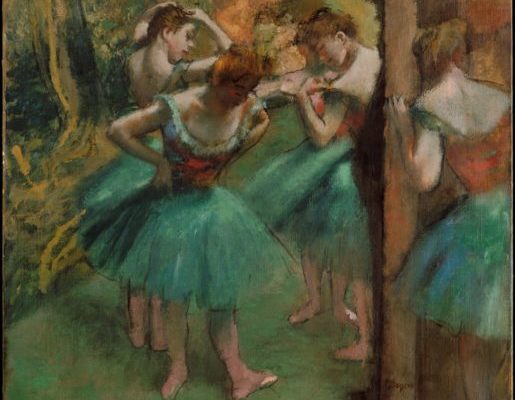
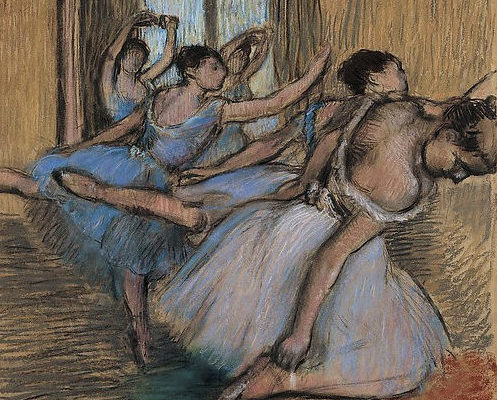
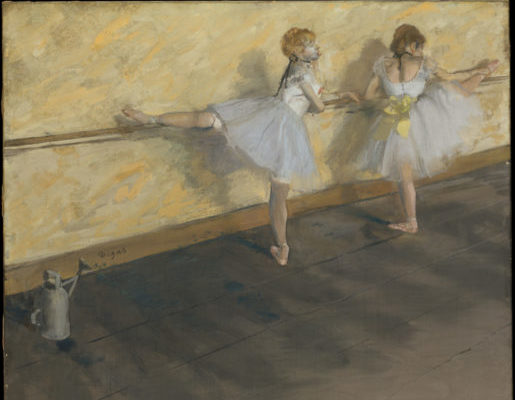

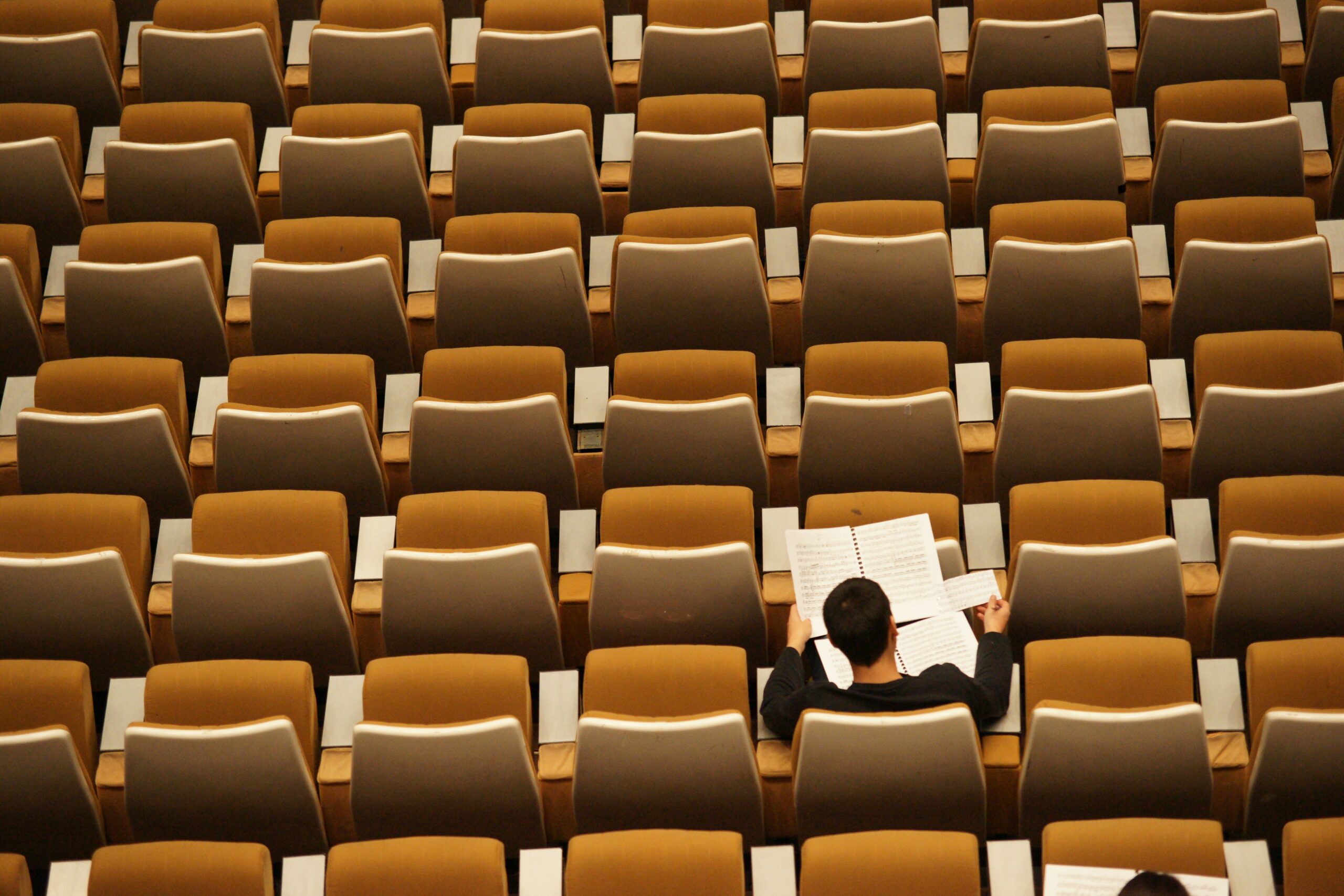

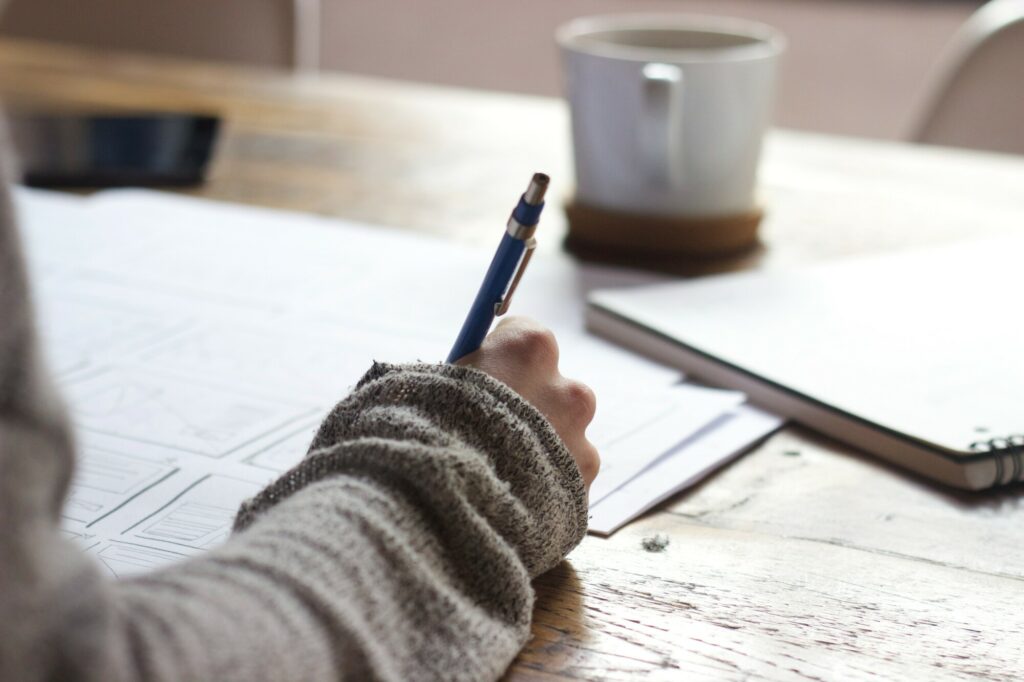


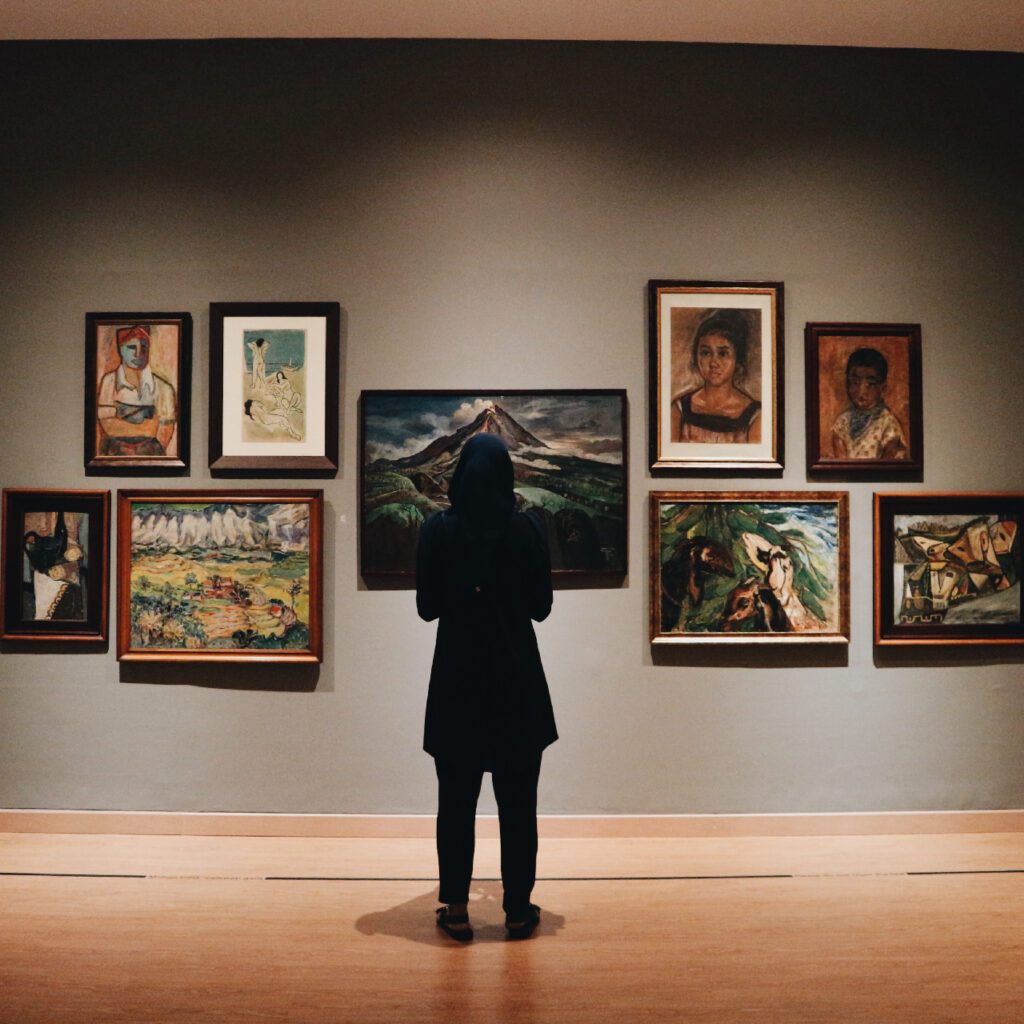


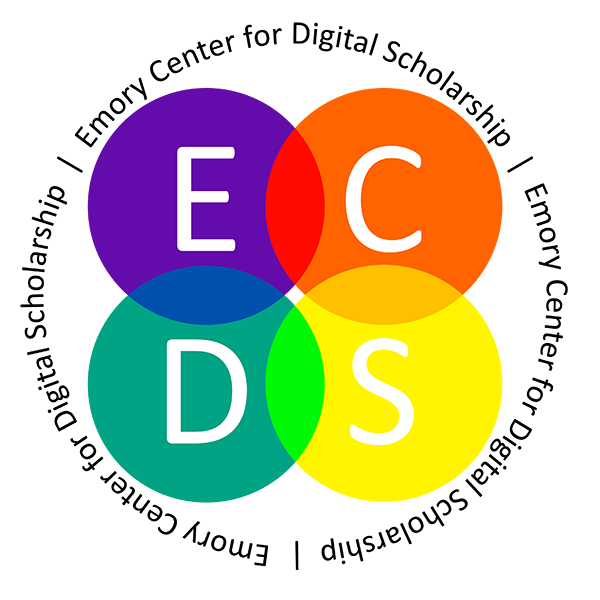
 Member since 2019 | JM14274
Member since 2019 | JM14274

